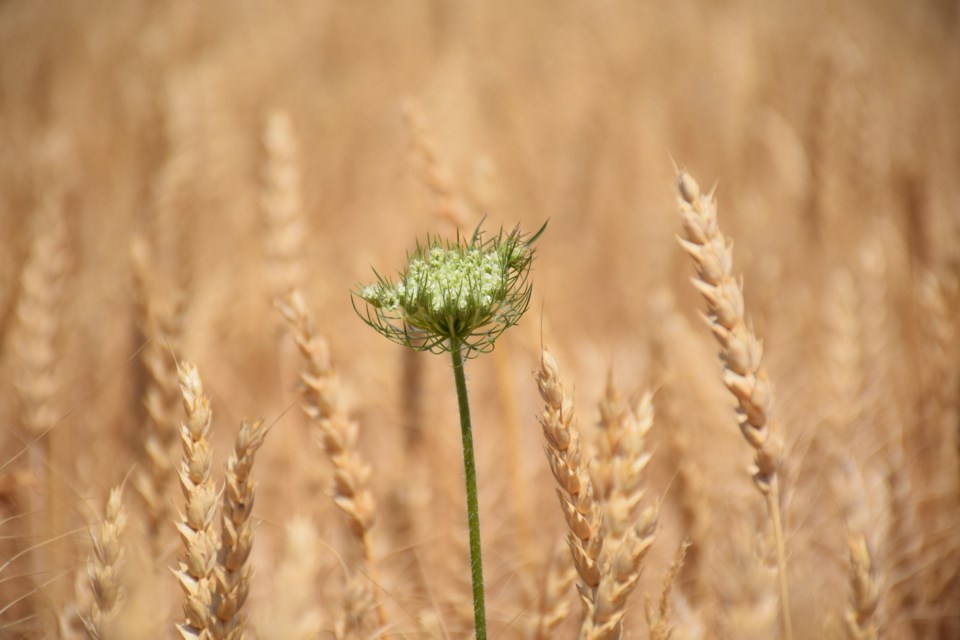And the winner is…lamb’s quarters.
Yes, old chenopodium album, otherwise known as fat hen, goosefoot, and lamb’s quarters, has been voted the worse weed in Ontario agricultural circles.
The relative of spinach, buckwheat, chard and beets, considered delicious and delectable by foragers, is nevertheless deleterious to crops.
A new University of Guelph survey focused on troublesome weeds in Ontario farmlands has identified five weed species that get little love from farmers. Lamb’s quarters is considered the worst of the worst.
The poll was conducted out of U of G’s Ridgetown Campus, and overseen by research technician David Bilyea.
Tall and lanky lamb’s quarters commonly grows in farm country. The plant can grow as tall as the average cow, and is highly adaptable to a variety of environmental conditions, according to U of G press release on the survey. The plant likes to push out other plants.
Among the others on the worst weed list are Canada fleabane, common ragweed, eastern black nightshade, and pigweed.
Crop growers aren’t wild about weeds because they compete with crops for nutritional resources and moisture in the soil, and can eat into yields by 10 to 50 per cent each year.
A similar poll was done in 2007. According to Bilyea there has been a shift in what weeds make the list. Weeds that were highly rated nine years ago have moved down the list, and new weeds like fleabane have appeared on it. Quack grass was prominent on the 2007 list, but is no longer on it.
The data suggests that farmers are getting better at identifying weeds and keeping them out of their crops.
Bilyea crafted the poll using the Qualtrics survey system. It asked farmers to vote for their worst weed through an electronic ballot. About 300 participated, picking the most despised weeds from a broader list of weedy suspects. Farmers were free to add unlisted weeds to the list.
Components of the survey identified farm locations and size, giving the researchers a better idea of what weeds were infesting what areas.
The survey results are being used to generate awareness about unwanted plant species, the impact they have on crop production, and the preventive measures that can be taken against them.
